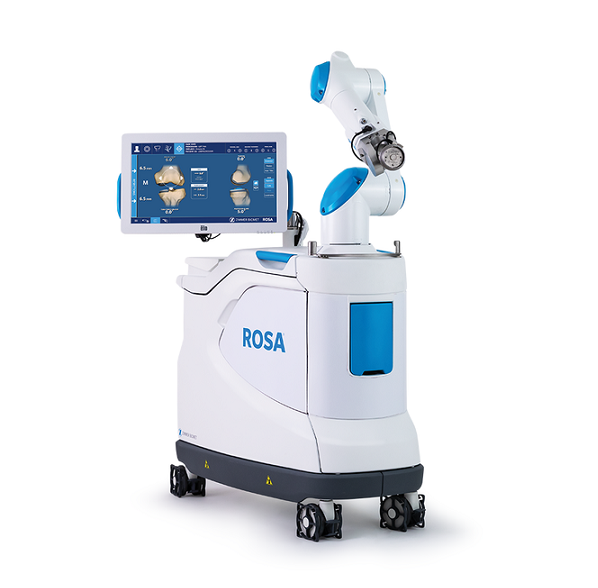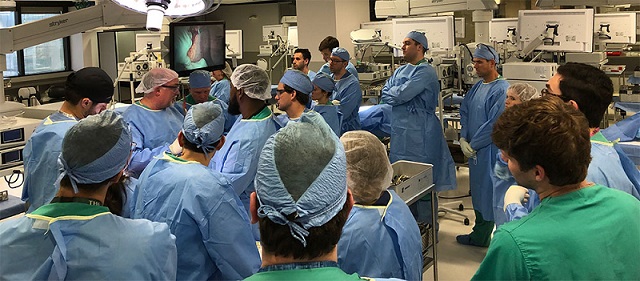Elizabeth Hofheinz, M.P.H., M.Ed.
Will a decrease in opioids leave patients “dissatisfied?”
Consider a new retrospective review from the NYU Langone Orthopedic Hospital, “Institutional reductions in opioid prescribing do not change patient satisfaction on Press Ganey surveys after total shoulder arthroplasty,” published in the April 1, 2021 edition of the Journal of Shoulder and Elbow Surgery.
In October 2018, NYU Langone Orthopedic Hospital instituted new postoperative opioid prescribing guidelines for patients undergoing orthopedic surgery. These guidelines reduced the opioids (daily dose and duration of dispensing) and the type of opioid prescribed upon discharge. Prior to this time, say the authors, “there was no standard prescription for perioperative analgesia after shoulder arthroplasty, though patients were typically given 50-60 tablets of oxycodone 5 mg based on surgeon preference…”
The study patients were separated into those who were discharged with opioids before the implementation of the new protocol and those who were discharged with opioids after the new protocol was in place.
The NYU Langone team studied 201 patients—110 reverse total shoulder arthroplasties (rTSAs) and 91 anatomic TSAs. According to the researchers, “…Patients with complete Press Ganey survey information and no history of trauma, fracture, connective tissue disease, or prior shoulder arthroplasty surgery were included in the analysis…”
Joseph D. Zuckerman, M.D., Department Chair and the Walter A. L. Thompson Professor of Orthopedic Surgery at NYU Langone Health, told OSN: “This research was designed to address two increasingly important areas of patient care: pain management and especially the use of opioids and overall patient satisfaction with care. One has become recognized as a public health crisis and the other represents the importance of patient-centered care.”
And the results?
“Average opioids prescribed on discharge for the pre-protocol group were 426.3 ± 295 MME (equivalent to 56.8 tablets of oxycodone 5 mg), whereas after the initiation of the protocol, they were 193.8 ± 199 MME (equivalent to 25.8 tablets of oxycodone 5 mg); P < .0001,” wrote the authors. “Average satisfaction with pain control did not change significantly between pre-protocol and post-protocol (4.71 ± 0.65 pre-protocol and 4.74 ± 0.44 post-protocol, P = .82).”
Dr. Zuckerman commented to OSN: “By showing that patient satisfaction was not impacted by reduced use of opioids we can focus our efforts on further enhancements of patient satisfaction which we believe will improve the overall outcomes of care.”








